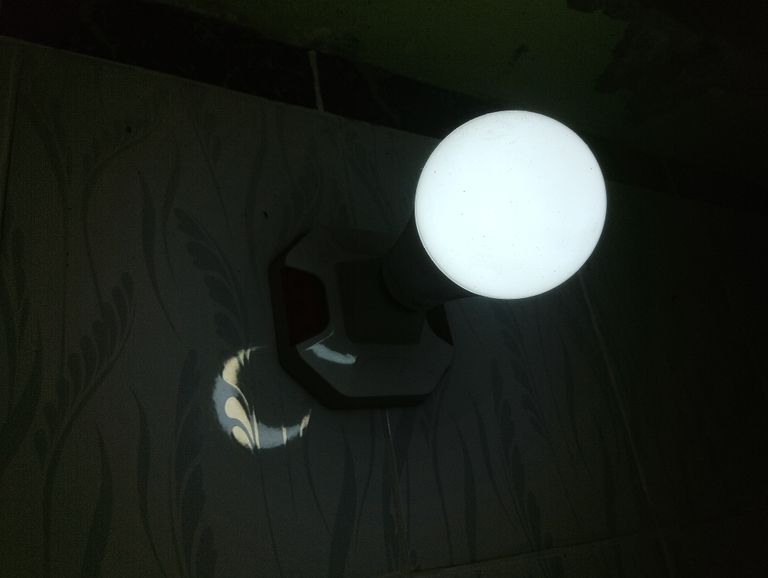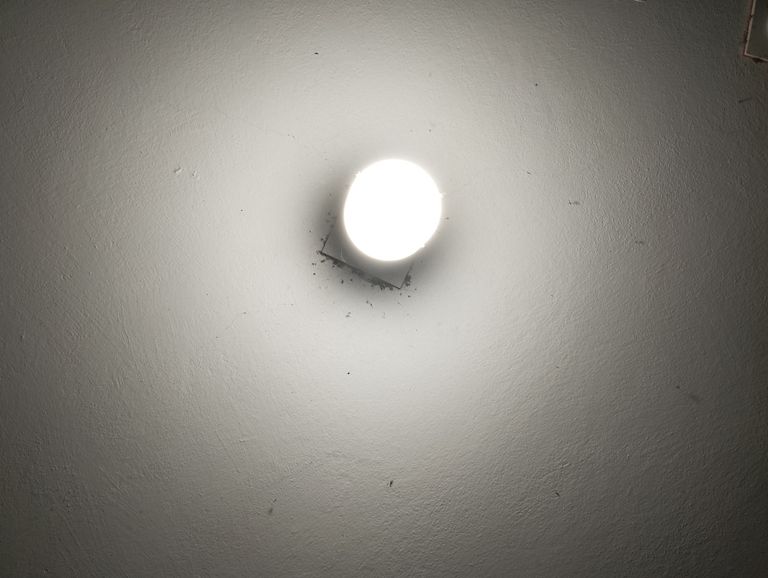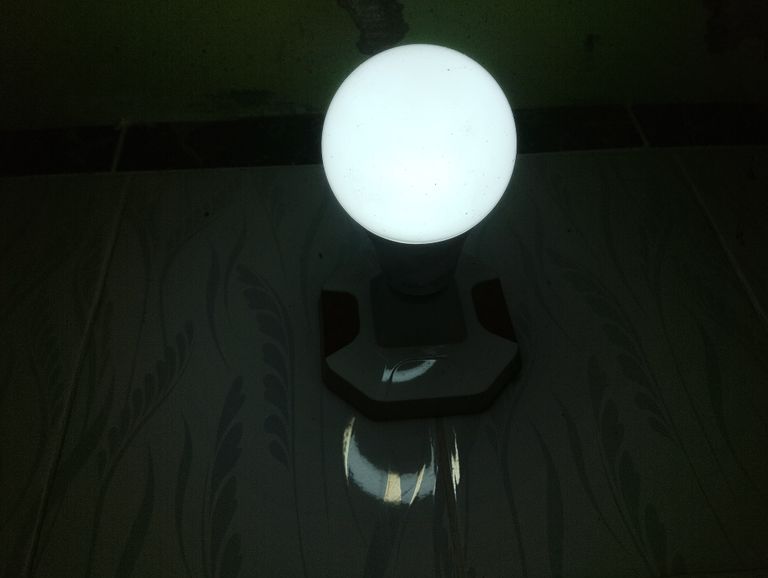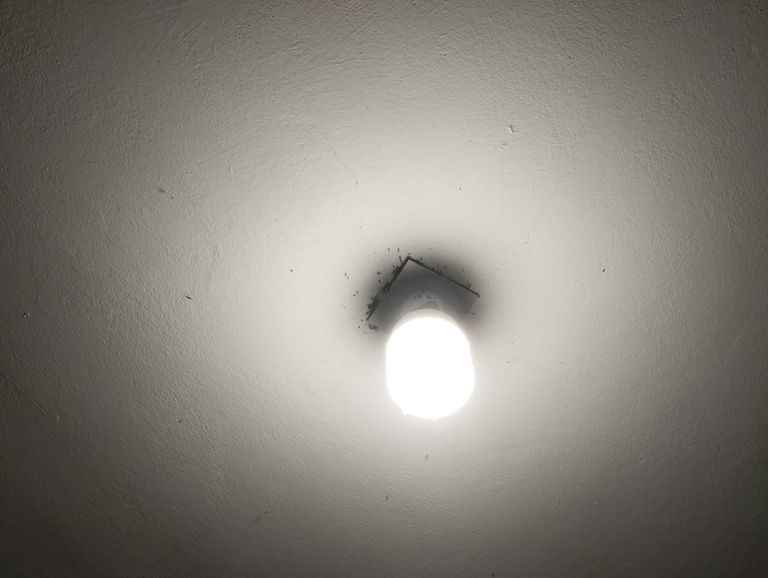
Materials Used in LED Bulb Manufacturing.
LED (Light Emitting Diode) bulbs are revolutionizing the lighting industry with their energy efficiency, durability, and eco-friendliness. The manufacturing of LED bulbs involves a combination of advanced technology and specific materials to ensure optimal performance and longevity. Below, we delve into the key materials used in creating LED bulbs and their roles in the process.
- Semiconductor Materials
The core of an LED bulb is the semiconductor, which emits light when an electric current passes through it. Common semiconductor materials used in LED manufacturing include:
Gallium Nitride (GaN): Used for blue and white LEDs, GaN is highly efficient in converting electricity into light.
Indium Gallium Nitride (InGaN): This compound is vital for producing LEDs of different colors, including green, blue, and ultraviolet.
Aluminum Gallium Indium Phosphide (AlGaInP): Ideal for red, orange, and yellow LEDs due to its efficient light emission properties.
- Substrate Materials
Substrates act as a base for the semiconductor layers to grow. These materials must be thermally conductive and compatible with the semiconductor. Common substrates include:
Sapphire: A widely used material due to its transparency and durability.
Silicon Carbide (SiC): Offers excellent thermal conductivity, making it suitable for high-power LEDs.
Silicon (Si): Used for cost-effective LED production, though it requires additional processing.
- Phosphor Coatings
Phosphor coatings are essential for converting the blue or ultraviolet light emitted by the semiconductor into visible white light. The choice of phosphor determines the color temperature and color rendering of the LED bulb.
Yttrium Aluminum Garnet (YAG) Phosphor: Commonly used for creating cool white light.
Cerium-Doped Phosphors: Used for producing warm white and other color variations.
- Encapsulation Materials
Encapsulation materials protect the LED chip and improve light extraction. These materials must be transparent and durable to withstand environmental conditions.
Epoxy Resins: Traditionally used for low-power LEDs but less durable over time.
Silicone: Preferred for high-power LEDs due to its superior thermal stability and optical clarity.
- Heat Sink Materials
Heat sinks are crucial for dissipating the heat generated during operation, ensuring the longevity and efficiency of the LED.
Aluminum: The most common heat sink material due to its high thermal conductivity and lightweight properties.
Copper: Offers superior thermal performance but is heavier and more expensive than aluminum.
- Electrical Components
To power the LED and control its performance, several electrical components are integrated into the bulb.
Printed Circuit Boards (PCBs): Usually made of aluminum or ceramic for better heat dissipation.
Drivers: Convert AC power to the DC power required by LEDs and regulate current flow.
- Optical Materials
Lenses and reflectors are used to direct and shape the emitted light. These components are made from:
Polycarbonate: Lightweight and impact-resistant, ideal for diffusers and lenses.
Acrylic (PMMA): Offers excellent optical clarity and UV resistance.
- Casing Materials
The outer casing protects the internal components and enhances the bulb’s aesthetic appeal.
Thermoplastics: Lightweight and cost-effective, commonly used for bulb enclosures.
Glass: Provides a traditional look and excellent light diffusion properties.
LED bulbs are a marvel of modern engineering, combining cutting-edge materials to deliver unparalleled performance. The careful selection of semiconductor compounds, substrates, and other materials ensures that LED bulbs are not only energy-efficient but also long-lasting and environmentally friendly. As technology advances, we can expect further innovations in materials and design, making LED lighting even more efficient and versatile.

Benefits of LED Bulbs
In recent years, LED (Light Emitting Diode) bulbs have gained immense popularity for their efficiency, durability, and versatility. They have revolutionized the lighting industry and are increasingly being used in homes, offices, and outdoor settings. Here’s an in-depth look at the various benefits of LED bulbs:
- Energy Efficiency
LED bulbs are incredibly energy-efficient, consuming significantly less electricity compared to traditional incandescent or fluorescent bulbs. On average, LEDs use about 75% less energy and last 25 times longer than incandescent lighting. This energy efficiency not only reduces electricity bills but also helps conserve resources and reduce environmental impact.
- Long Lifespan
One of the most remarkable benefits of LED bulbs is their extended lifespan. While a typical incandescent bulb lasts around 1,000 hours and a fluorescent bulb lasts about 10,000 hours, an LED bulb can last up to 50,000 hours or more. This means fewer replacements, lower maintenance costs, and less waste.
- Eco-Friendly
LED bulbs are an environmentally friendly lighting option. Unlike CFLs (Compact Fluorescent Lamps), they do not contain harmful substances like mercury, which can be hazardous to the environment. Moreover, their energy efficiency leads to a significant reduction in greenhouse gas emissions.
- Cost-Effective
Although the initial cost of LED bulbs may be higher than traditional bulbs, they prove to be more cost-effective in the long run. Their lower energy consumption and longer lifespan result in substantial savings on electricity bills and replacement costs.
- Better Light Quality
LED bulbs provide bright, clear, and consistent light. They come in various color temperatures, from warm white to cool daylight, allowing users to choose lighting that suits their preferences and needs. LEDs also have excellent color rendering properties, making objects appear more vibrant and true to life.
- Instant Lighting
Unlike some traditional bulbs that take time to reach full brightness, LED bulbs light up instantly. This feature is particularly useful in spaces where immediate illumination is essential, such as staircases, hallways, or outdoor security lighting.
- Durability and Reliability
LED bulbs are highly durable and can withstand rough conditions, including vibrations, shocks, and temperature fluctuations. They are an ideal choice for outdoor lighting, as they are resistant to rain, snow, and extreme weather.
- Directional Lighting
Unlike conventional bulbs that emit light in all directions, LED bulbs provide directional lighting. This feature ensures that light is focused where it is needed, making them perfect for task lighting, spotlights, and recessed lighting.
- Low Heat Emission
LED bulbs produce very little heat compared to incandescent or halogen bulbs, which convert a significant portion of energy into heat. This makes LEDs safer to use, reduces the risk of burns, and helps maintain a cooler environment, particularly in small or enclosed spaces.
- Smart Lighting Integration
Modern LED bulbs often come with smart features, allowing users to control them via smartphone apps or voice commands. These smart bulbs can be dimmed, color-adjusted, or programmed to turn on and off at specific times, offering unparalleled convenience and customization.
LED bulbs are a game-changer in the lighting industry, offering numerous benefits that cater to both individuals and the environment. Their energy efficiency, long lifespan, and eco-friendliness make them a superior choice over traditional lighting options. Investing in LED technology not only enhances lighting quality but also contributes to a sustainable future.

Understanding LED Bulb Colors: A Guide to Choosing the Right Color Temperature
When it comes to selecting LED bulbs, one of the most important aspects to consider is the color temperature, measured in Kelvin (K). The color temperature determines the tone and ambiance of the light, ranging from warm, cozy hues to bright, daylight-like tones. Let’s explore how different color temperatures impact lighting and which one might be best for your needs.
What is Color Temperature in LED Bulbs?
Color temperature describes the visual appearance of light emitted by a bulb. It is measured in Kelvins (K), and the higher the Kelvin value, the cooler (bluer) the light appears. Lower Kelvin values produce warmer (yellowish) tones.
Popular LED Bulb Color Temperatures
- 2700K – Warm White
Mimics the glow of traditional incandescent bulbs.
Creates a cozy, relaxing atmosphere.
Ideal for: Living rooms, bedrooms, and dining areas.
- 3000K – Soft White
Slightly whiter than 2700K but still warm.
Balances coziness with visibility.
Ideal for: Kitchens, bathrooms, and offices.
- 4000K – Neutral White
Offers a bright, neutral tone without being too cool.
Provides excellent clarity and focus.
Ideal for: Workspaces, garages, and retail stores.
- 5000K – Daylight White
Replicates natural daylight with a crisp, cool appearance.
Enhances detail and contrast.
Ideal for: Reading areas, task lighting, and outdoor spaces.
- 6000K and Above – Cool Daylight
Bluish tones with high brightness levels.
Creates a sterile and modern look.
Ideal for: Industrial settings, hospitals, and security lighting.
Why Choose 4000K LED Bulbs?
The 4000K color temperature strikes a perfect balance between warm and cool tones. It provides a bright and clean light that doesn’t feel too harsh or overly warm, making it versatile for both residential and commercial use.
Advantages of 4000K Light:
Enhances productivity and focus.
Reduces eye strain compared to cooler (5000K+) temperatures.
Provides natural and vibrant illumination.
How to Choose the Right Color Temperature?
For Relaxation: Stick to 2700K or 3000K.
For Productivity: Go for 4000K or 5000K.
For Specialized Needs: Choose based on the specific application, like 6000K for hospitals or warehouses.
Understanding the color temperature of LED bulbs is crucial for creating the perfect lighting ambiance. The 4000K LED bulb is a versatile option that offers neutral and balanced lighting suitable for a wide range of applications. Whether you're upgrading your home or setting up a workspace, choosing the right LED color temperature can significantly enhance the functionality and mood of your environment.
Understanding LED Bulb Colors: A Guide to Choosing the Right Color Temperature
When it comes to selecting LED bulbs, one of the most important aspects to consider is the color temperature, measured in Kelvin (K). The color temperature determines the tone and ambiance of the light, ranging from warm, cozy hues to bright, daylight-like tones. Let’s explore how different color temperatures impact lighting and which one might be best for your needs.
What is Color Temperature in LED Bulbs?
Color temperature describes the visual appearance of light emitted by a bulb. It is measured in Kelvins (K), and the higher the Kelvin value, the cooler (bluer) the light appears. Lower Kelvin values produce warmer (yellowish) tones.
Popular LED Bulb Color Temperatures
- 2700K – Warm White
Mimics the glow of traditional incandescent bulbs.
Creates a cozy, relaxing atmosphere.
Ideal for: Living rooms, bedrooms, and dining areas.
- 3000K – Soft White
Slightly whiter than 2700K but still warm.
Balances coziness with visibility.
Ideal for: Kitchens, bathrooms, and offices.
- 4000K – Neutral White
Offers a bright, neutral tone without being too cool.
Provides excellent clarity and focus.
Ideal for: Workspaces, garages, and retail stores.
- 5000K – Daylight White
Replicates natural daylight with a crisp, cool appearance.
Enhances detail and contrast.
Ideal for: Reading areas, task lighting, and outdoor spaces.
- 6000K and Above – Cool Daylight
Bluish tones with high brightness levels.
Creates a sterile and modern look.
Ideal for: Industrial settings, hospitals, and security lighting.
Why Choose 4000K LED Bulbs?
The 4000K color temperature strikes a perfect balance between warm and cool tones. It provides a bright and clean light that doesn’t feel too harsh or overly warm, making it versatile for both residential and commercial use.
Advantages of 4000K Light:
Enhances productivity and focus.
Reduces eye strain compared to cooler (5000K+) temperatures.
Provides natural and vibrant illumination.
How to Choose the Right Color Temperature?
For Relaxation: Stick to 2700K or 3000K.
For Productivity: Go for 4000K or 5000K.
For Specialized Needs: Choose based on the specific application, like 6000K for hospitals or warehouses.
Understanding the color temperature of LED bulbs is crucial for creating the perfect lighting ambiance. The 4000K LED bulb is a versatile option that offers neutral and balanced lighting suitable for a wide range of applications. Whether you're upgrading your home or setting up a workspace, choosing the right LED color temperature can significantly enhance the functionality and mood of your environment.

Understanding LED Bulb Colors: A Guide to Choosing the Right Color Temperature
When it comes to selecting LED bulbs, one of the most important aspects to consider is the color temperature, measured in Kelvin (K). The color temperature determines the tone and ambiance of the light, ranging from warm, cozy hues to bright, daylight-like tones. Let’s explore how different color temperatures impact lighting and which one might be best for your needs.
What is Color Temperature in LED Bulbs?
Color temperature describes the visual appearance of light emitted by a bulb. It is measured in Kelvins (K), and the higher the Kelvin value, the cooler (bluer) the light appears. Lower Kelvin values produce warmer (yellowish) tones.
Popular LED Bulb Color Temperatures
- 2700K – Warm White
Mimics the glow of traditional incandescent bulbs.
Creates a cozy, relaxing atmosphere.
Ideal for: Living rooms, bedrooms, and dining areas.
- 3000K – Soft White
Slightly whiter than 2700K but still warm.
Balances coziness with visibility.
Ideal for: Kitchens, bathrooms, and offices.
- 4000K – Neutral White
Offers a bright, neutral tone without being too cool.
Provides excellent clarity and focus.
Ideal for: Workspaces, garages, and retail stores.
- 5000K – Daylight White
Replicates natural daylight with a crisp, cool appearance.
Enhances detail and contrast.
Ideal for: Reading areas, task lighting, and outdoor spaces.
- 6000K and Above – Cool Daylight
Bluish tones with high brightness levels.
Creates a sterile and modern look.
Ideal for: Industrial settings, hospitals, and security lighting.
Why Choose 4000K LED Bulbs?
The 4000K color temperature strikes a perfect balance between warm and cool tones. It provides a bright and clean light that doesn’t feel too harsh or overly warm, making it versatile for both residential and commercial use.
Advantages of 4000K Light:
Enhances productivity and focus.
Reduces eye strain compared to cooler (5000K+) temperatures.
Provides natural and vibrant illumination.
How to Choose the Right Color Temperature?
For Relaxation: Stick to 2700K or 3000K.
For Productivity: Go for 4000K or 5000K.
For Specialized Needs: Choose based on the specific application, like 6000K for hospitals or warehouses.
Understanding the color temperature of LED bulbs is crucial for creating the perfect lighting ambiance. The 4000K LED bulb is a versatile option that offers neutral and balanced lighting suitable for a wide range of applications. Whether you're upgrading your home or setting up a workspace, choosing the right LED color temperature can significantly enhance the functionality and mood of your environment.